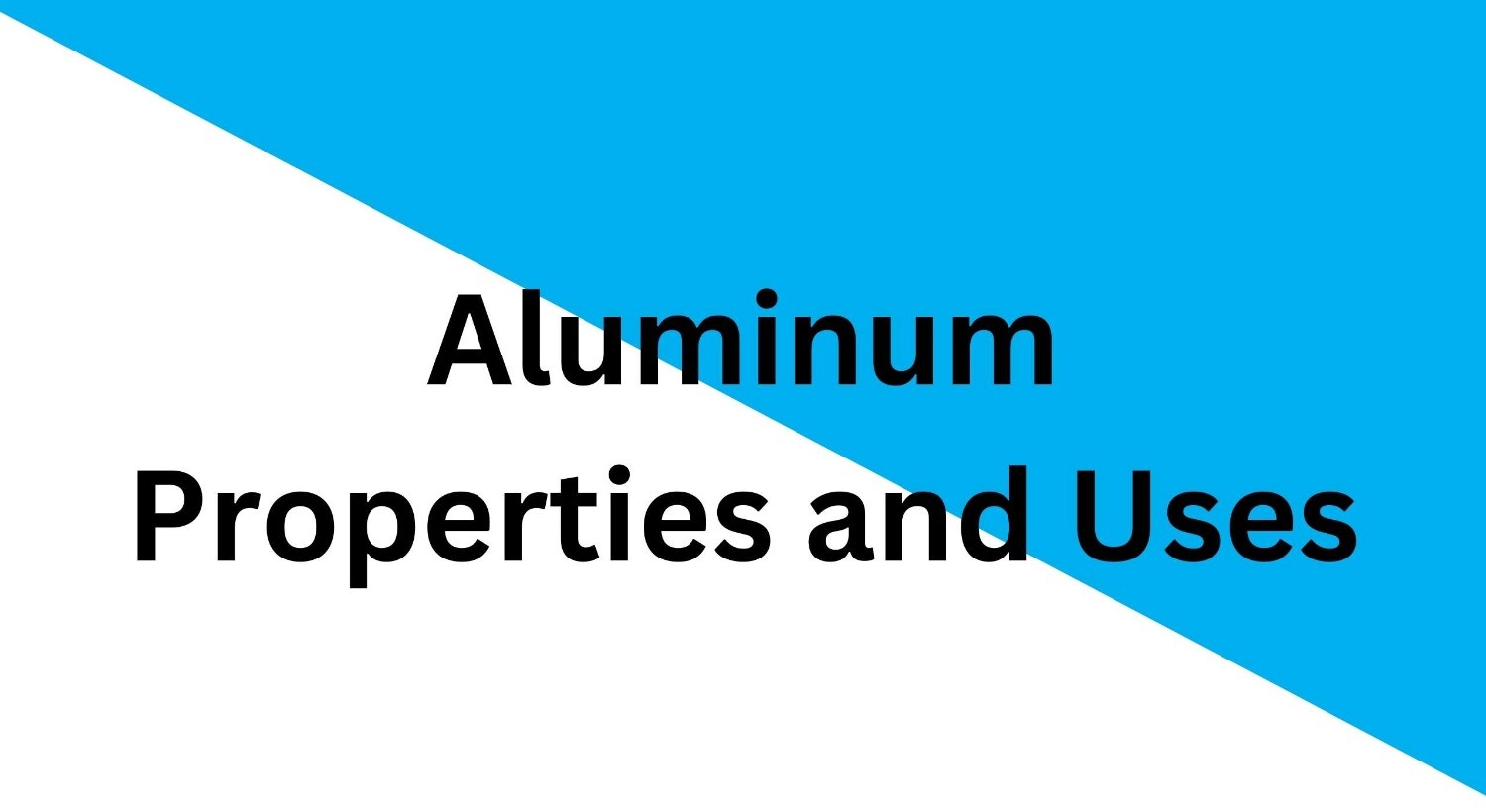Aluminium plates are one of the most versatile and widely used materials across various industries. Known for their lightweight nature, durability, and corrosion resistance, aluminium plates are a popular choice for applications ranging from construction to aerospace. In this comprehensive guide, we’ll explore what aluminium plates are, the different types and grades available, and their common uses. Whether you’re a professional engineer, a procurement specialist, or a DIY enthusiast, this guide will help you understand why aluminium plates are so highly regarded and how to choose the right one for your needs.
What is an Aluminium Plates?
An Aluminium Plates is a flat, rectangular piece of aluminium that is typically thicker than 6mm. It is manufactured by rolling aluminium ingots through a series of rollers to achieve the desired thickness. Aluminium plates are known for their exceptional strength-to-weight ratio, excellent thermal and electrical conductivity, and resistance to corrosion. These properties make them ideal for a wide range of industrial and commercial applications.
Key Properties of Aluminium Plates:
- Lightweight: Aluminium is about one-third the weight of steel, making it easier to handle and transport.
- Durability: Despite being lightweight, aluminium plates are incredibly strong and durable.
- Corrosion Resistance: Aluminium naturally forms a protective oxide layer, which prevents rust and corrosion.
- Malleability: Aluminium plates can be easily cut, bent, and shaped without losing their structural integrity.
- Recyclability: Aluminium is 100% recyclable, making it an eco-friendly material choice.
Types of Aluminium Plates
Aluminium Plates come in various types, each designed for specific applications. Here are the most common types you’ll encounter:
1. Plain Aluminium Plates
Plain aluminium plates are the most basic type, often used in general-purpose applications. They are available in different thicknesses and sizes, making them suitable for everything from DIY projects to industrial uses.
Common Uses:
- Structural components
- Machinery parts
- General fabrication
2. Perforated Aluminium Plates
Perforated Aluminium Plates feature a series of holes or patterns punched into the surface. These plates are ideal for applications requiring ventilation, filtration, or aesthetic appeal.
Common Uses:
- HVAC systems
- Filtration screens
- Decorative panels
3. Tread Aluminium Plates
Tread Aluminium Plates have a raised pattern on the surface, providing extra grip and durability. They are often used in high-traffic areas or where slip resistance is required.
Common Uses:
- Industrial flooring
- Stair treads
- Walkways
4. Anodized Aluminium Plates
Anodized aluminium plates undergo an electrochemical process that enhances their corrosion resistance and surface hardness. They are also available in a variety of colors, making them popular for decorative purposes.
Common Uses:
- Architectural facades
- Consumer electronics
- Automotive trim
5. Clad Aluminium Plates
Clad Aluminium Plates consist of a core material sandwiched between layers of aluminium alloy. This type of plate is often used in aerospace and military applications due to its high strength and durability.
Common Uses:
- Aircraft components
- Military vehicles
- High-stress machinery
Grades of Aluminium Plates
Aluminium Plates are available in different grades, each with unique properties tailored to specific applications. Here are some of the most common grades:
Grade 1100
- Properties: High corrosion resistance, excellent workability, and thermal conductivity.
- Uses: Chemical equipment, food processing, and decorative trim.
Grade 3003
- Properties: Good strength, formability, and corrosion resistance.
- Uses: HVAC systems, fuel tanks, and general fabrication.
Grade 5052
- Properties: High fatigue strength, excellent weldability, and marine-grade corrosion resistance.
- Uses: Marine applications, automotive parts, and electronic chassis.
Grade 6061
- Properties: High strength, excellent machinability, and good corrosion resistance.
- Uses: Structural components, aerospace parts, and heavy-duty structures.
Grade 7075
- Properties: Extremely high strength, used in high-stress applications.
- Uses: Aerospace components, military equipment, and high-performance machinery.
How to Choose the Right Aluminium Plates
When selecting an Aluminium Plates for your project, consider the following factors:
- Application: Determine the primary use of the plate (e.g., construction, automotive, marine).
- Grade: Choose the appropriate grade based on strength, corrosion resistance, and workability requirements.
- Thickness: Select the right thickness for your project’s structural needs.
- Finish: Decide whether you need a plain, anodized, or clad finish.
Conclusion
Aluminium Plates are a cornerstone of modern manufacturing and construction, offering unmatched versatility, durability, and sustainability. Whether you’re working on a small DIY project or a large-scale industrial application, understanding the types, grades, and uses of aluminium plates will help you make the best choice for your needs.
If you’re looking for a reliable Aluminium Plates Supplier, make sure to consider their product range, quality standards, and customer reviews. With the right knowledge and resources, you can unlock the full potential of this incredible material.






